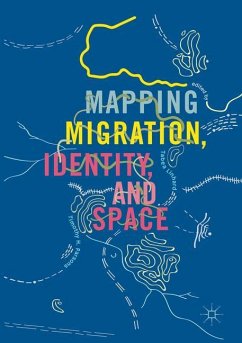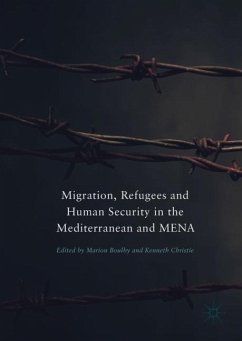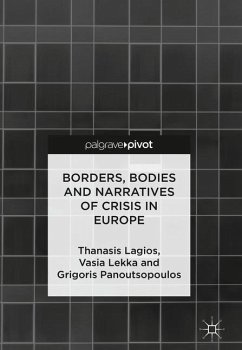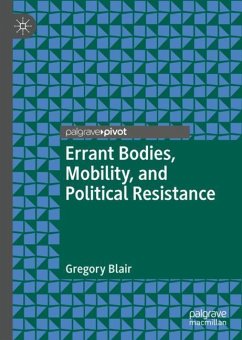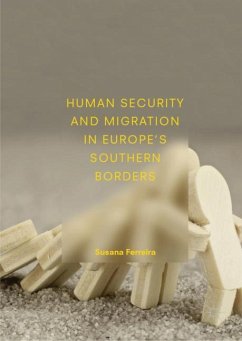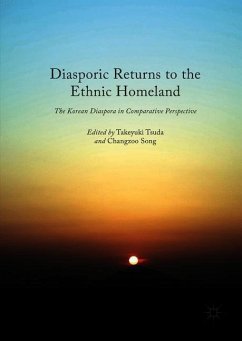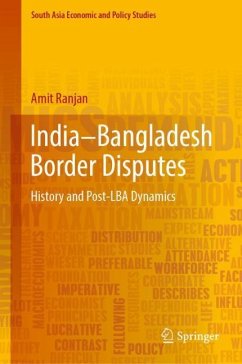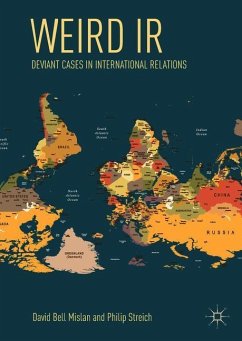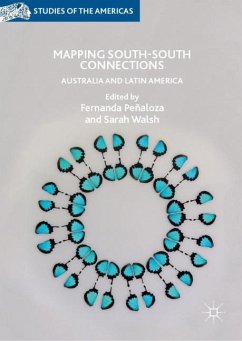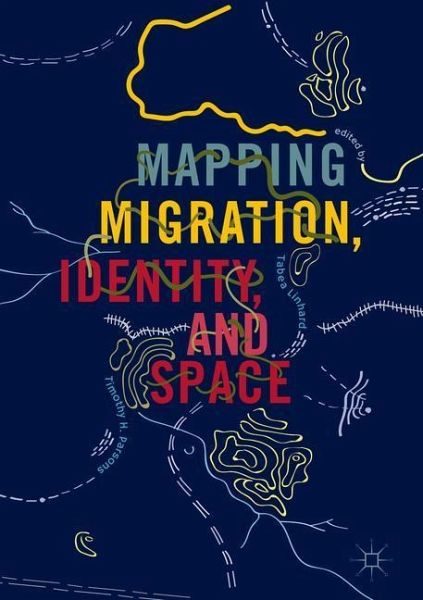
Mapping Migration, Identity, and Space

PAYBACK Punkte
57 °P sammeln!
This interdisciplinary collection of essays focuses on the ways in which movements of people across natural, political, and cultural boundaries shape identities that are inexorably linked to the geographical space that individuals on the move cross, inhabit, and leave behind. As conflicts over identities and space continue to erupt on a regular basis, this book reads the relationship between migration, identity, and space from a fresh and innovative perspective.





